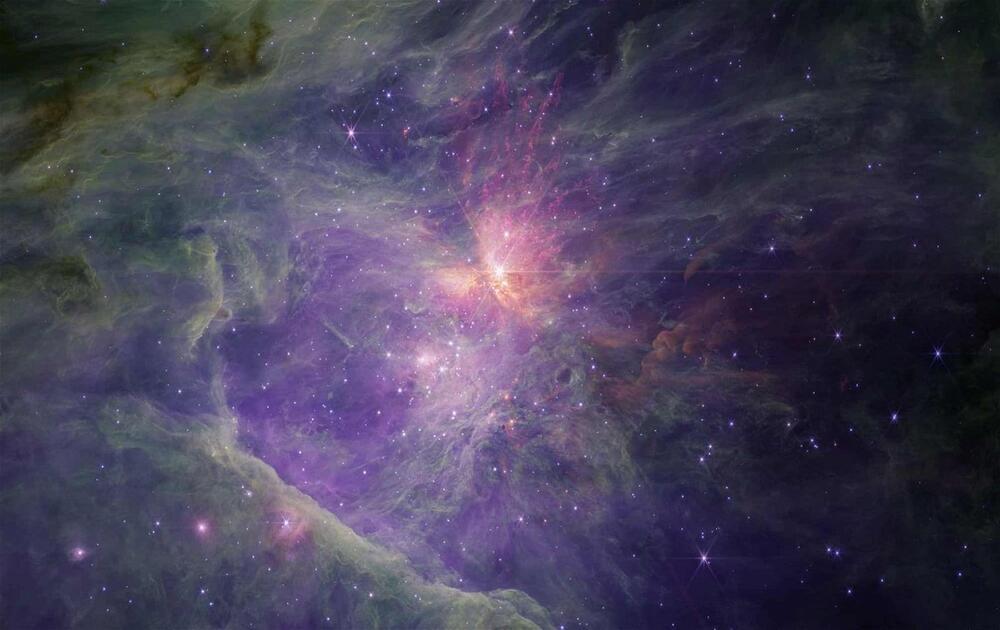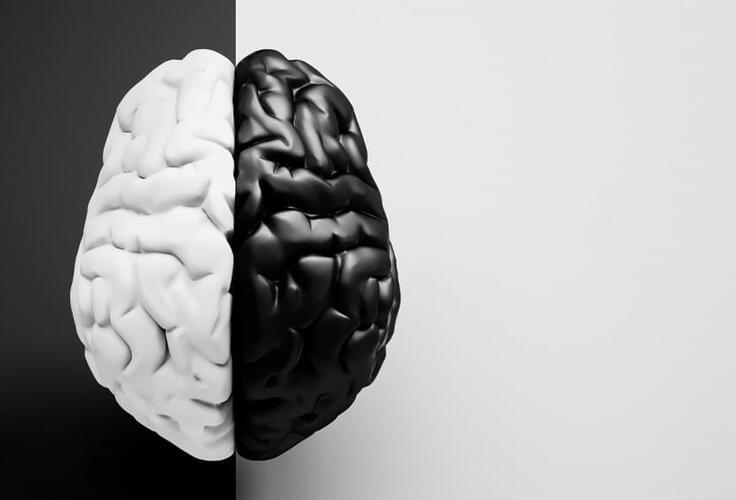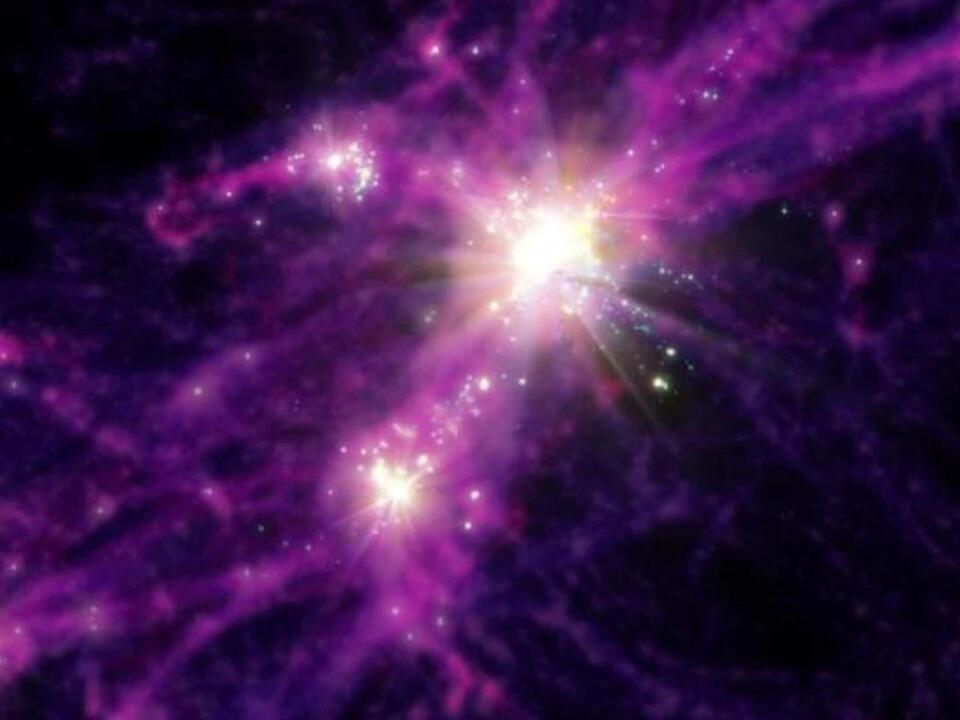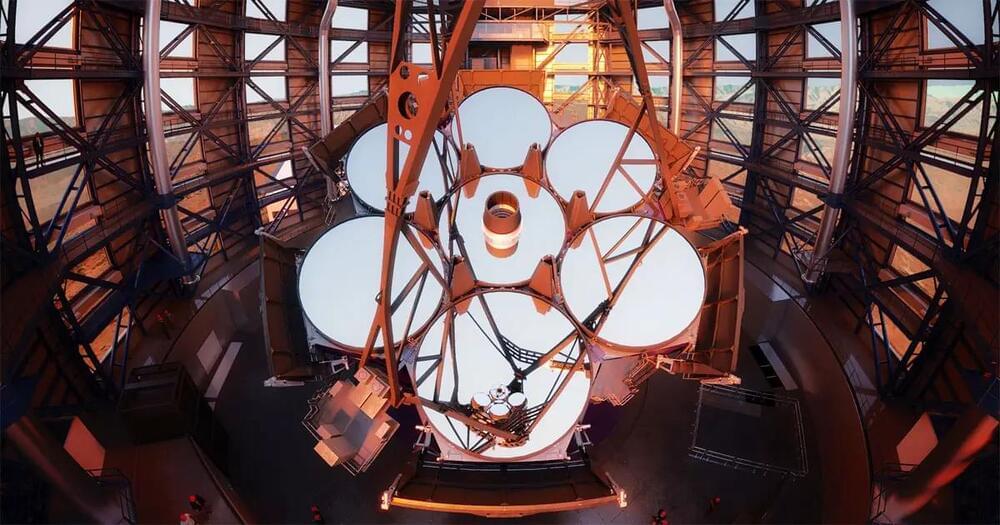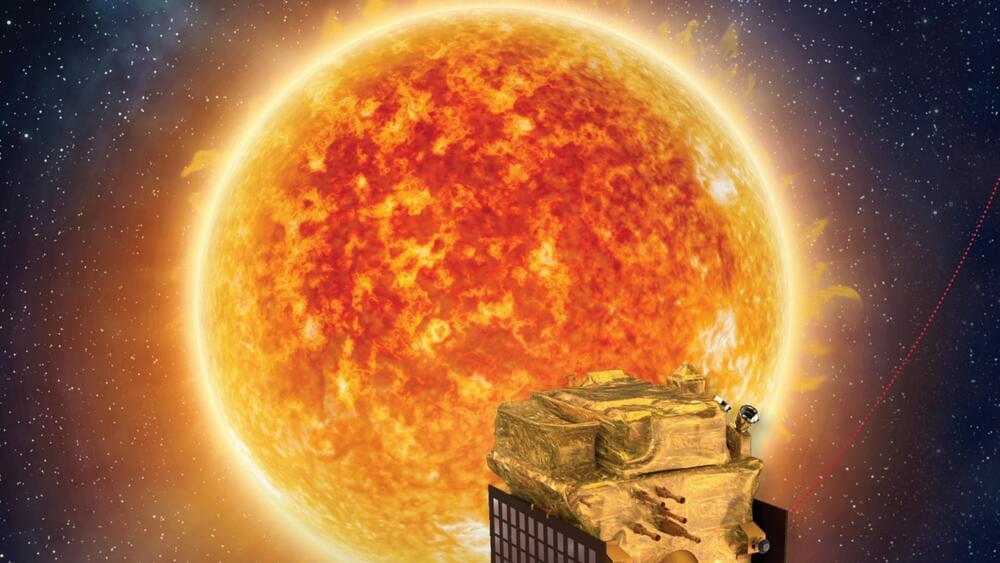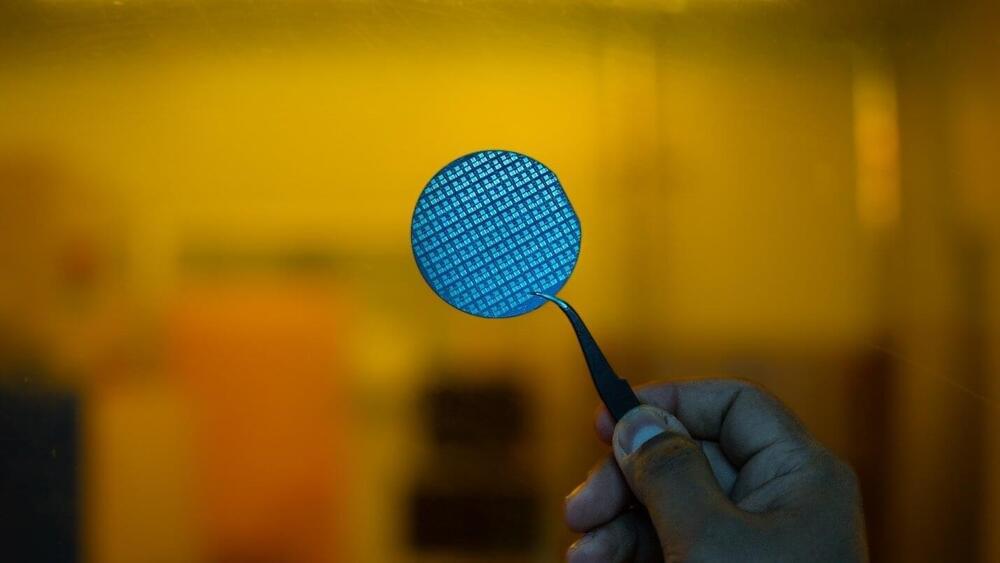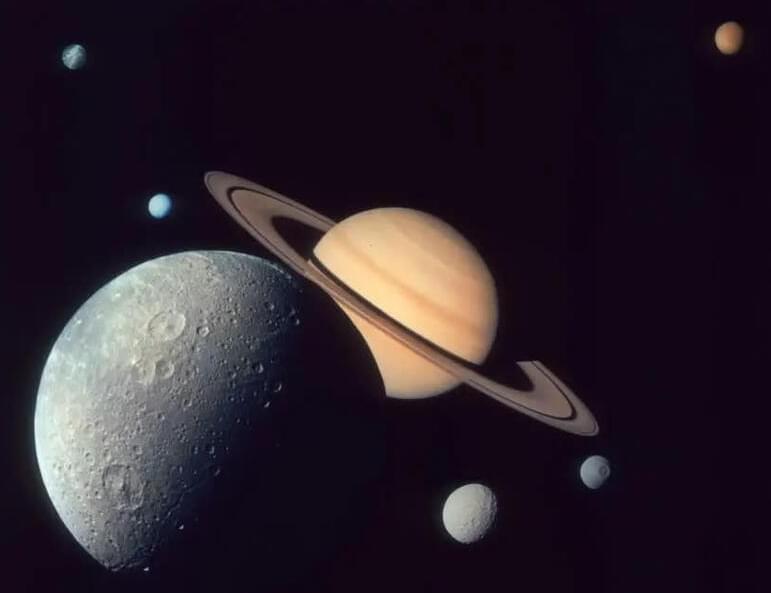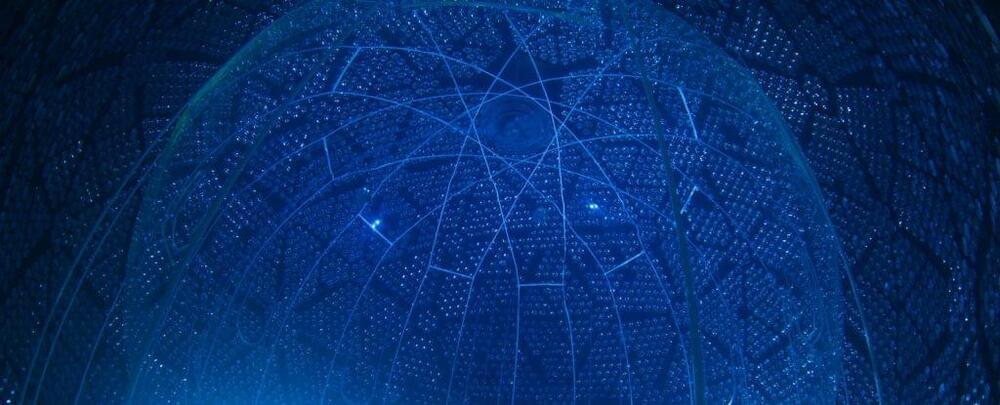Oct 4, 2023
James Webb Space Telescope Has Spotted Something Lurking in the Orion Nebula That “Shouldn’t Exist,” and They Come in Pairs
Posted by Ron Gowans-Savage in categories: evolution, space
New images of the Orion Nebula captured by the James Webb Space Telescope have revealed the existence of 150 free-floating objects once considered a scientific impossibility.
South of Orion’s belt is one of the brightest nebulae visible in the night sky, the Orion Nebula, also known as Messier 42, which is home to the Trapezium Cluster of stars. This cluster produces extremely strong ultraviolet radiation fields that cause the surrounding gas to glow, which is the source of the nebulae’s brightness.
Within the cluster is a veritable nursery for the formation of protostars, which the European Space Agency (ESA) recently called “a treasure trove for astronomers studying the formation and early evolution of stars, with a rich diversity of phenomena and objects” that include a mysterious category of celestial phenomena known as free-floating planetary mass objects.
